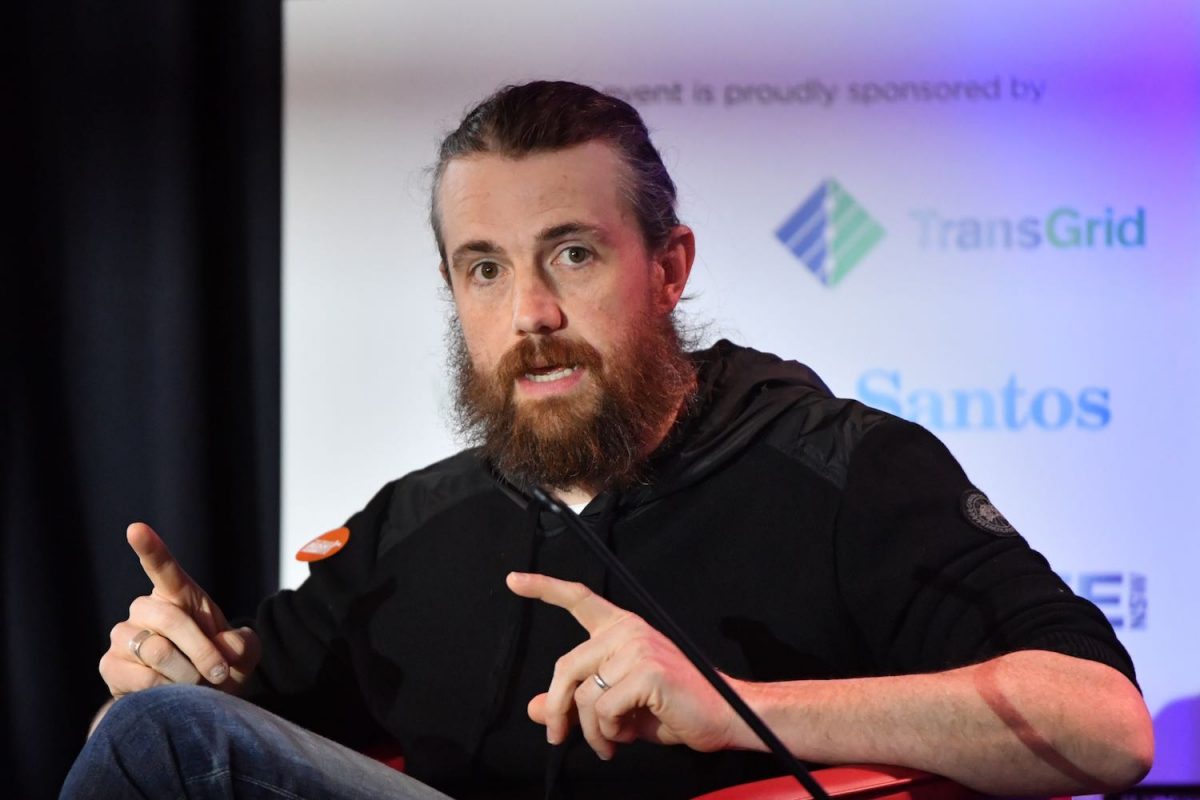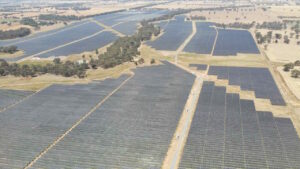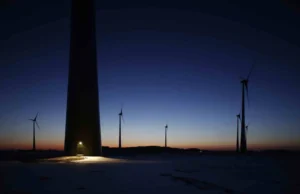Software billionaire and green energy advocate Mike Cannon-Brookes has described AGL Energy, Australia’s biggest coal generator and biggest single polluter, as a “toxic” company.
“AGL is one of the most toxic companies on the planet,” Cannon-Brookes, who owns a 10.41 per cent stake in AGL through his private investment company, Grok Ventures, told an Australian Institute of Company Directors forum on Friday.
Cannon-Brookes noted that AGL has more emissions than many western economies, including Portugal and New Zealand, and is the biggest emitter in Australia, one of the three biggest fossil fuel exporters in the world.
“(It’s) not a good club to be in,” he said.
AGL produces more than 80 per cent of its power from coal generation, including the Loy Yang A brown coal generator in Victoria. Under pressure from Cannon-Brookes, the company has accelerated its coal closure program, but may still be burning large amounts of coal up to 2035.
Cannon-Brookes is trying to fast track that coal closure deadline by 2030, but his ability to do that might by stymied by the slow rollout of renewables and grid infrastructure, and cultural battles within the organisation, despite the appointment of four independent directors that might be expected to support a green strategy.
Cannon-Brookes says the problem is eminently “fixable”.
“AGL has some amazing assets,” he said. “It has millions of customers, it has some of the best grid connections in the world, it has some fantastic opportunities to lean in and invest and benefit from the transition.
“That is the story that we put across that it is better for shareholders, rather than separating the company into various uneconomic groups and sticking your head in the sand.
“But it required a talent transition, let’s just say, which is still ongoing, but it’s obviously in a better spot than it was.
“There’s not many of them (former directors) left,” he added.
AGL is still making most of its money out of coal power – as it has done for the past decade since first veering into coal power with the purchase of Loy Yang A – and it has argued that earning money from coal makes it easier to invest in renewables.
But Australian consumers have heard this talk before, and no longer believe it. The Commonwealth Bank this week revealed an annual profit of $10 billion, defending the gains by saying it left it better placed to protect customers from the thing that delivered its gains – high interest rates.
Energy companies are using the same argument, and it appears to be a feature of Australia, a land of oligopolies where market power rules, and the gathering of riches from such activities is much admired.
Cannon-Brookes had sought to buy AGL with the support of global funds giant Blackrock, but the approach was rejected. Grok still managed, however, to defeat a proposal to split the company into two, a move he feared would result in coal generation continuing for another decade beyond the current closure date.
Blackrock has since turned its focus on to Origin Energy, where it has reached a deal with the board for an $18.7 billion buyout and is waiting for regulatory approval. It plans to spend up to $30 billion on more than 14GW of new wind, solar and storage by the end of the decade.
AGL’s plans remain less ambitious. It is talking about 12GW of new capacity by 2035, but it is also looking at turning its existing fossil fuel hubs into clean energy and industrial precincts.
The most of this appears to be at Torrens Island in South Australia, where a 250MW, one hour battery has already been built in the shadow of the big gas generation plants, and where it has plans for more renewables and green hydrogen.
AGL managing director Damien Nicks told reporters this week that the company – which closed the 52-year-old Liddell coal generator in NSW in April – is going “as fast as it can”.










